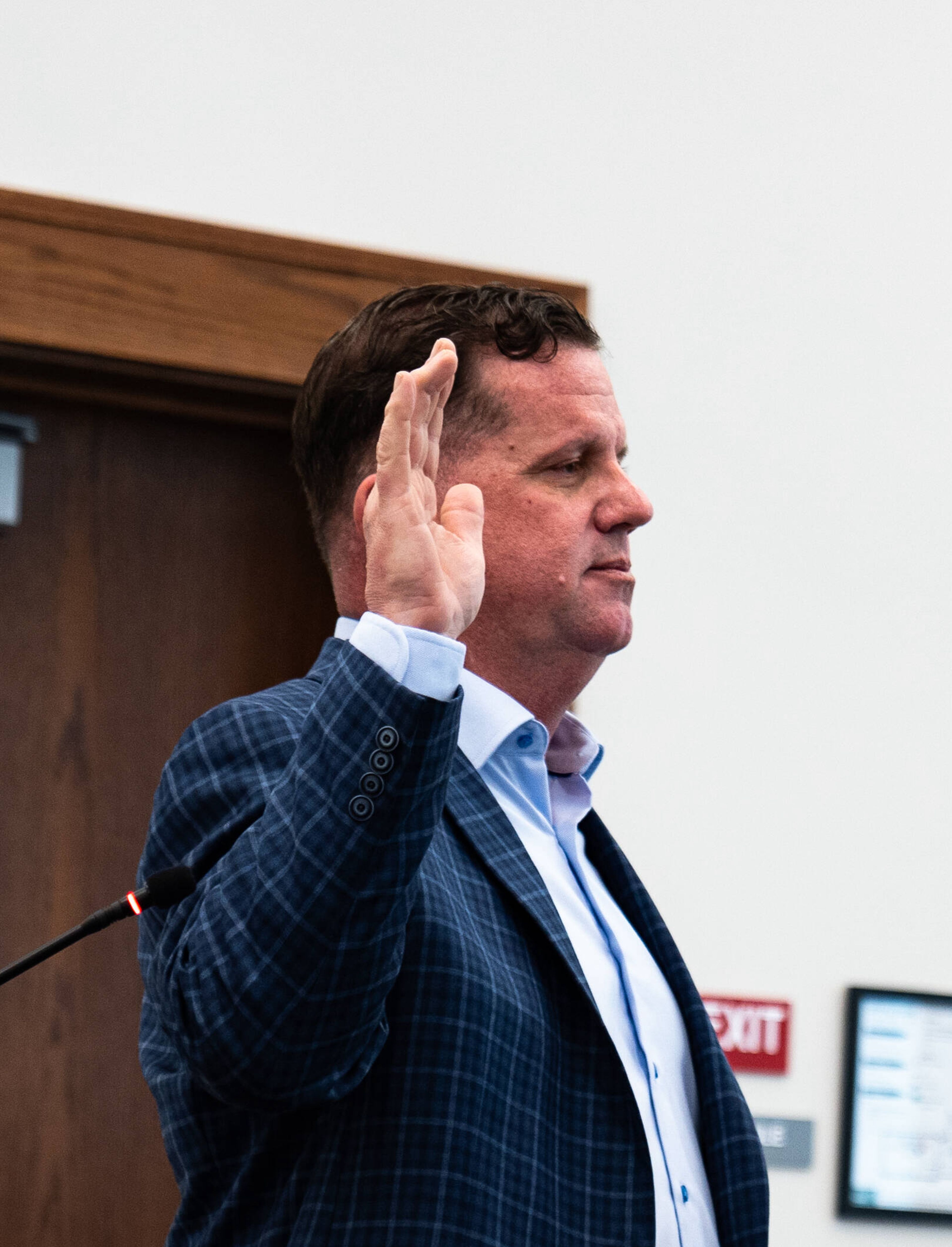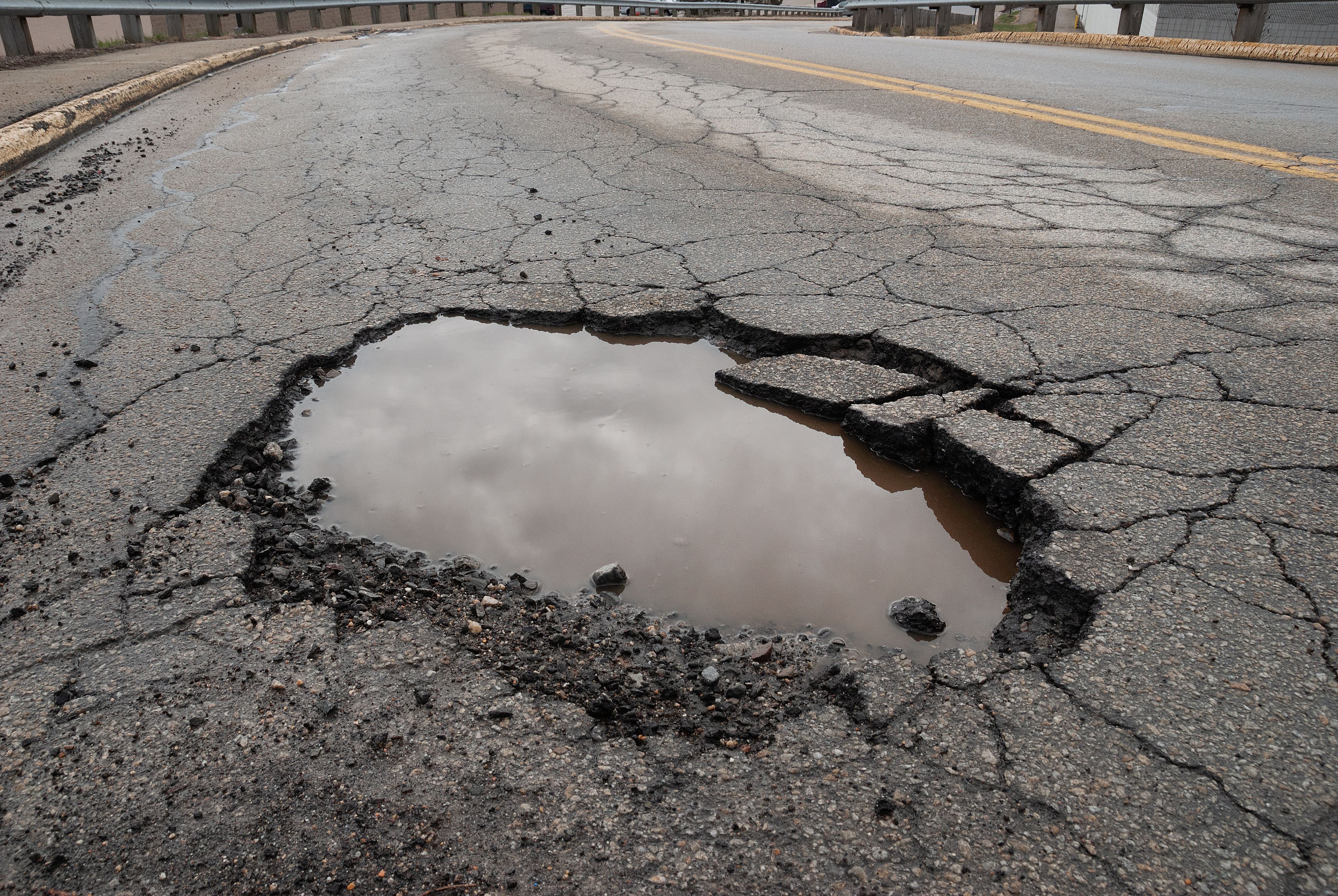BELLEVILLE, Ill. -- Traffic isn't at projected levels on a new Interstate 70 bridge crossing the Mississippi River between Illinois and St. Louis, according to numbers released Monday by the Illinois Department of Transportation.
The Stan Musial Veterans Memorial Bridge was expected to carry about 40,000 vehicles a day. The Belleville News-Democrat reported that Transportation Department figures show the bridge has averaged about 31,100 a day since it opened in early February.
IDOT engineer Tiffany Brase said the lagging number is temporary and not an indication that the $700 million bridge is a bust.
"The numbers look really good, actually," Brase said. "It's pretty much where we would expect them to be with the bridge being open for only a couple of months. People need to remember there are still a lot of things that have to be completed before traffic flows the way it is planned to go."
IDOT officials said now that Musial Bridge is operating, work will begin this summer to redirect traffic flow from the Poplar Street Bridge. Changes in commuter habits are also expected to lead to increased traffic flowing to Musial Bridge.
About 120,000 cars a day crossed the Poplar Street Bridge before the Musial Bridge was done. It will continue to carry traffic for Interstates 44, 55 and 64 while losing the I-70 traffic.
Missouri Department of Transportation project director Randy Hitt said the Musial Bridge is having an effect in other ways. He also noted that GPS devices may be slow to update routes.
"The reduced commute times are the big difference," Hitt said. "It takes a while for the Garmins [and other electronic navigation devices] to adapt to the changes. But right now things are trending about where we thought they would go."
Connect with the Southeast Missourian Newsroom:
For corrections to this story or other insights for the editor, click here. To submit a letter to the editor, click here. To learn about the Southeast Missourian’s AI Policy, click here.






